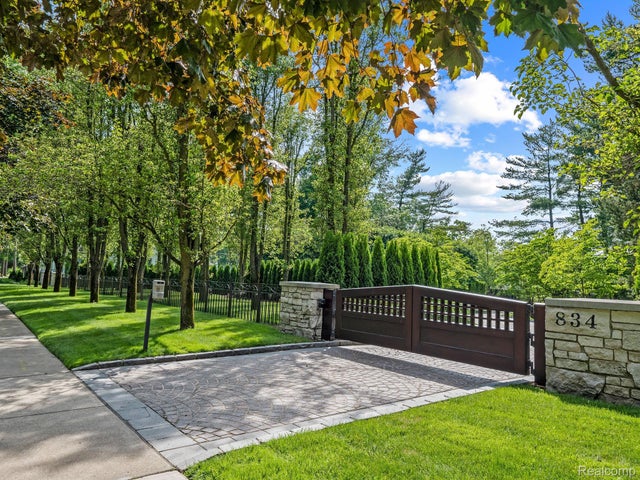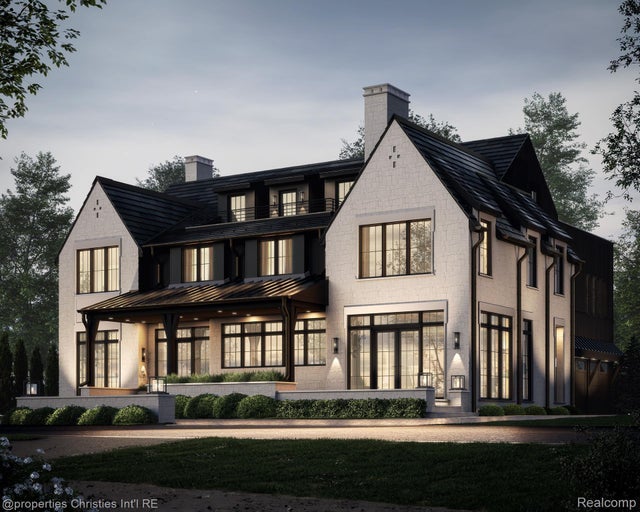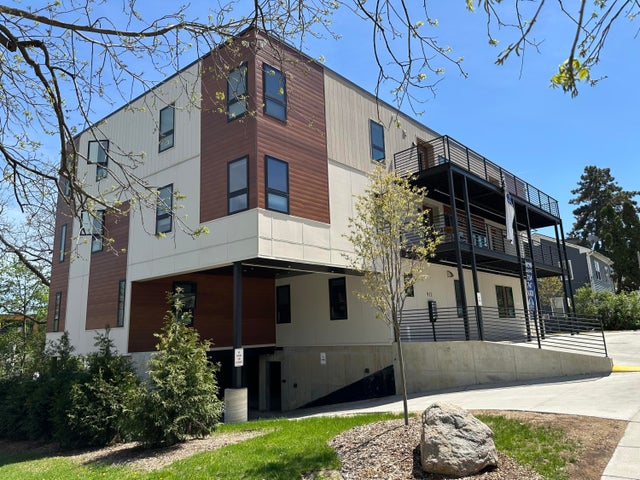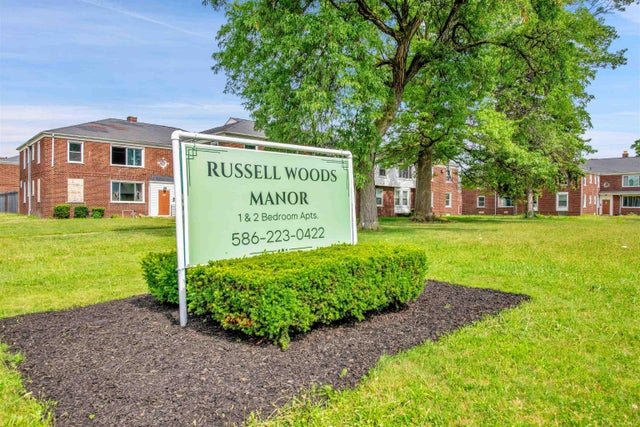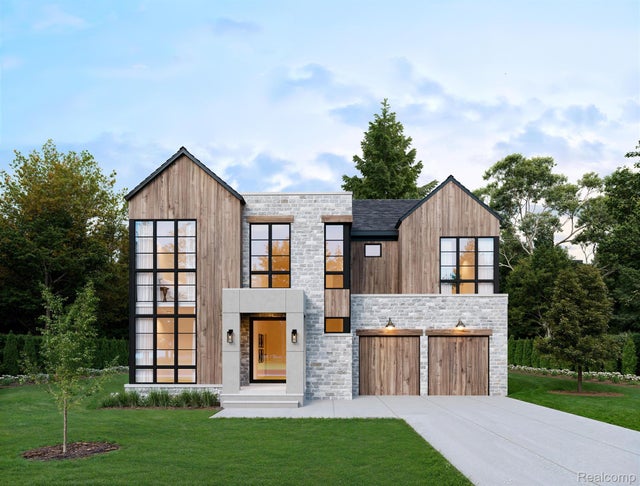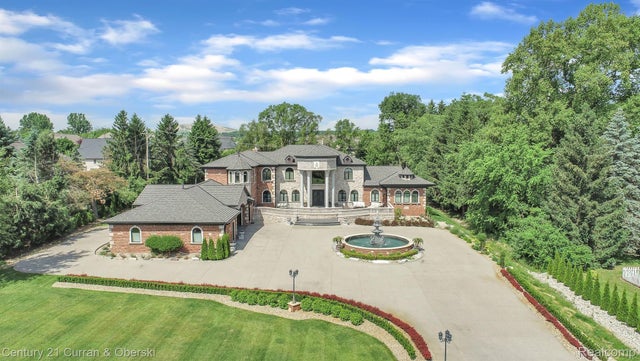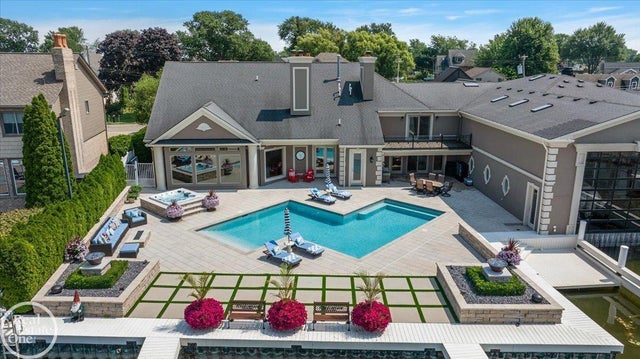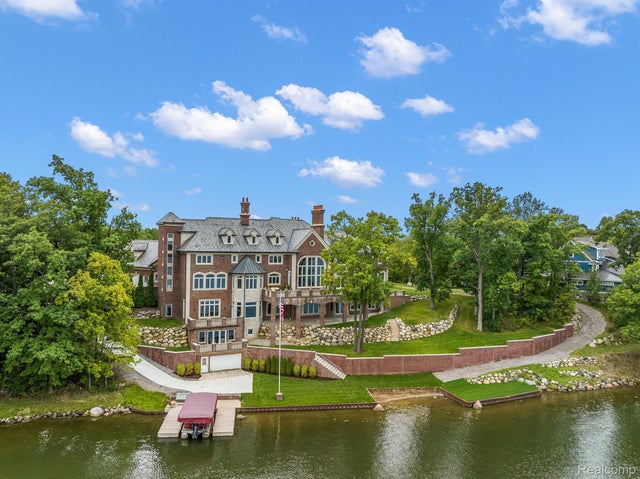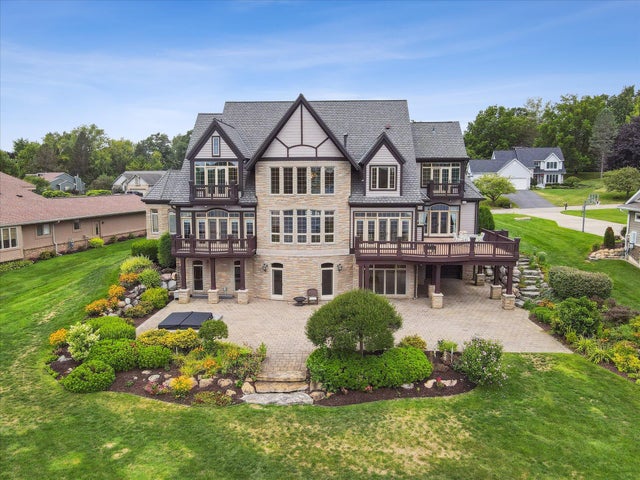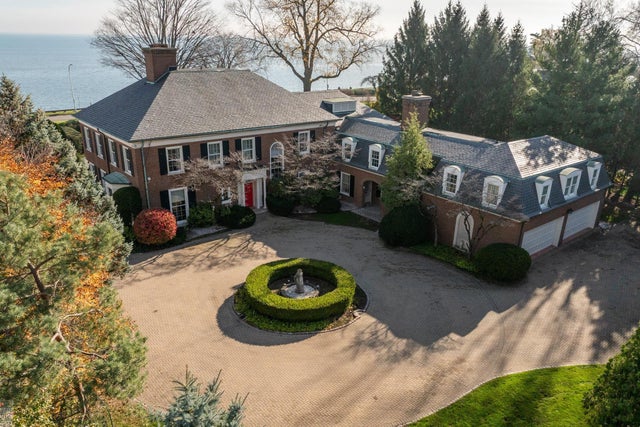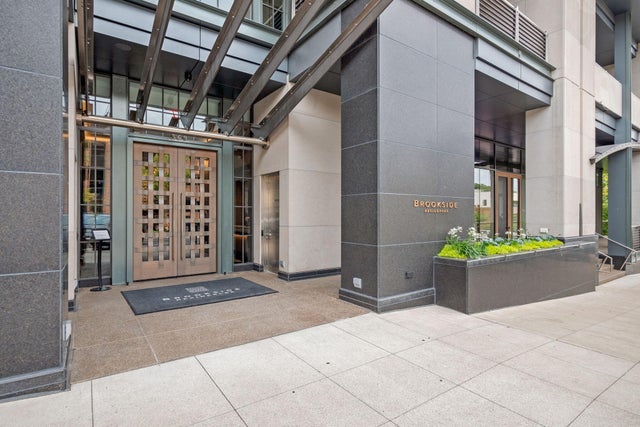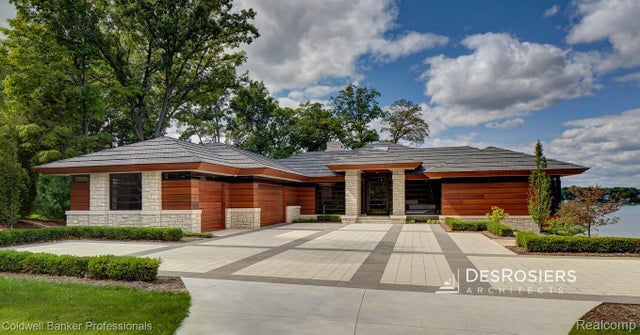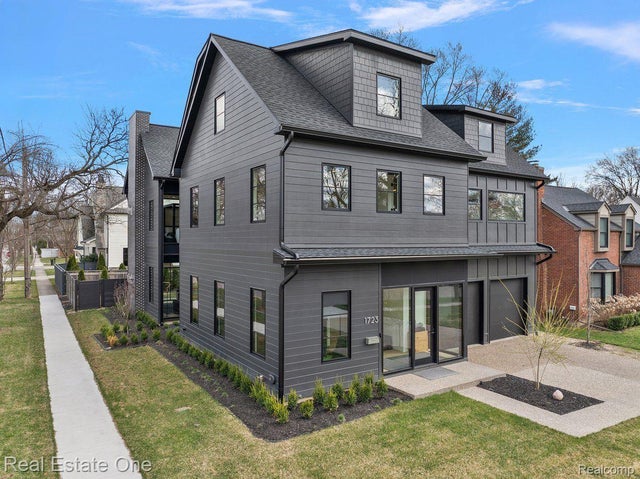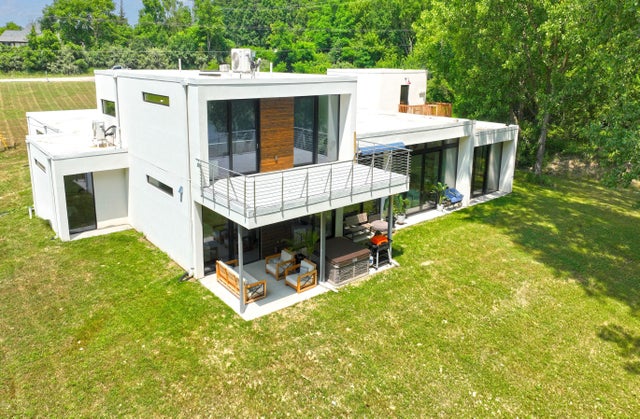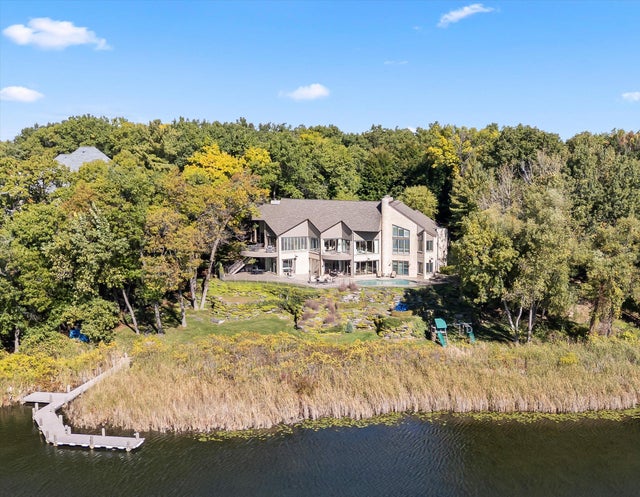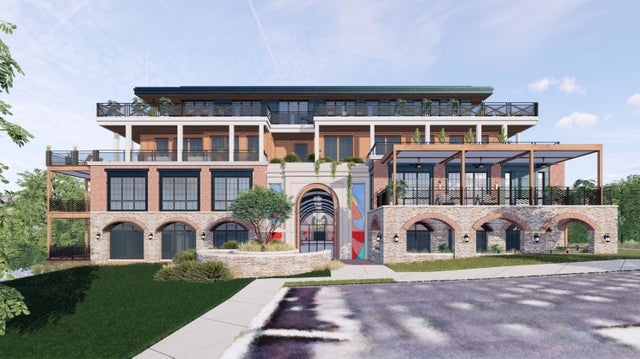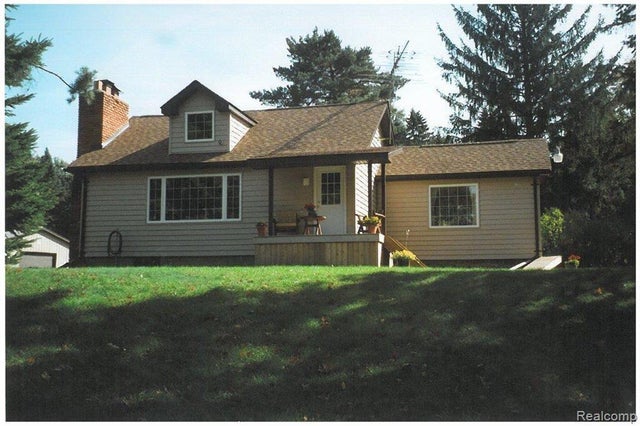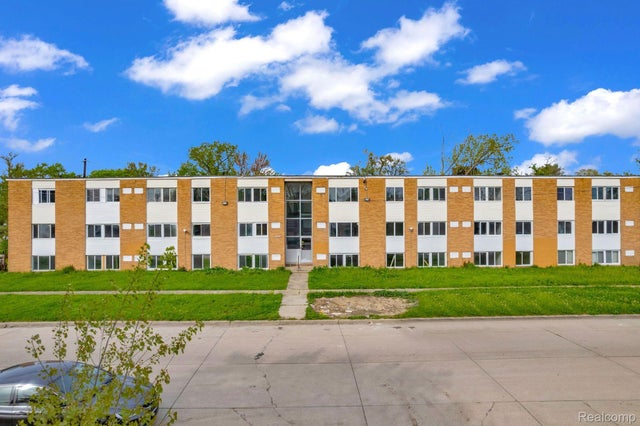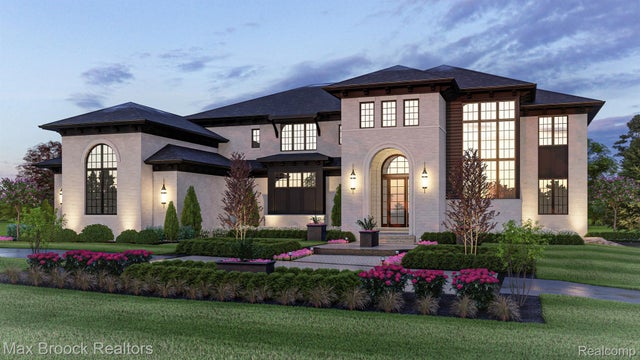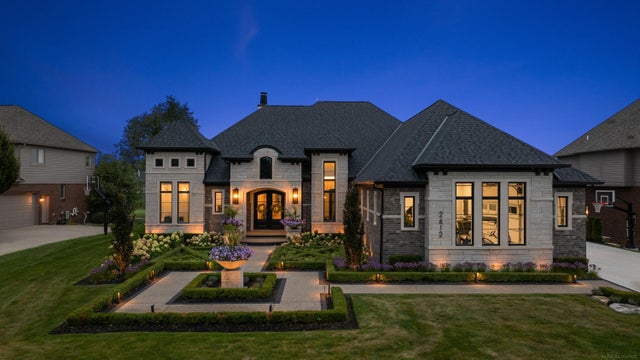In the heart of the Motor City, where cars, culture, and community intertwine, a subtle but symbolic shift is ringing in. For decades, 313 has stood tall—not just as a collection of numbers but as an emblem of pride. It’s printed on T-shirts, inked into skin, and even has its own day: March 13—313 Day—a celebration of Detroit spirit and identity. But as the city charges forward into a future fueled by innovation and growing digital demand, it's time to make room for something new.
While the 313 will remain a badge of honor, a new overlay area code is on its way to support the growing need for phone numbers across Detroit and surrounding suburbs. The change might seem minor to some, but for Southeast Michigan, it signals the next chapter in a region always evolving.
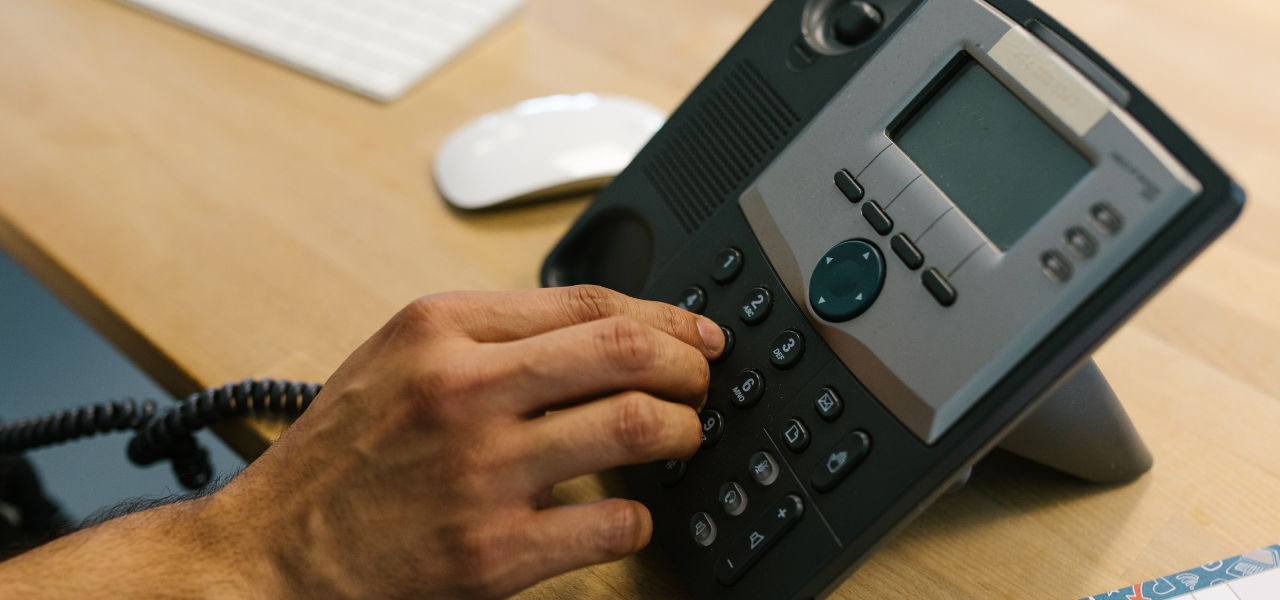
From the Past to the Present: The 313 Legacy
Detroit was first assigned the 313 area code in 1947, one of the original telephone prefixes created under the North American Numbering Plan. At the time, it blanketed a much larger swath of Michigan. As the decades rolled on and telecommunication needs expanded, area code splits were introduced to help manage the growing demand.
In 1993, the 810 area code was introduced, carving off parts of the original 313. Just four years later, 734 emerged in 1997, trimming the area code’s reach once more. What remained was the urban core—the heart of Detroit and its immediate suburbs—a community that embraced 313 as more than just a utility, but a cultural cornerstone.
Today, 313 covers:
- Detroit
- Hamtramck
- Highland Park
- Dearborn and Dearborn Heights
- Allen Park
- Ecorse
- Inkster
- Lincoln Park
- Redford Township
- River Rouge
- Taylor
- The Grosse Pointes
For residents here, 313 isn’t just how you reach someone. It’s how you identify with something bigger—a region defined by resilience, innovation, and pride.
But now, this historic area code is running out of numbers. And no, it’s not because of a sudden population boom.
Why Are We Running Out of Phone Numbers?
It’s a modern-day paradox: even as some U.S. cities experience population declines or stagnation, the demand for phone numbers continues to rise. Detroit, notably, saw population growth in recent years for the first time in six decades—but that’s not the whole story.
According to Ryan McAnany, director of the telecommunications division at the Michigan Public Service Commission (MPSC), the real driver isn’t people—it’s technology.
“You could have a population that stays the same, but if you have tablets, if you have a car, if you have smart watches … and they need a telephone number to work, that's what's really contributing to that drain in the numbers,” McAnany explained.
From connected vehicles to wearables, smart home systems to business VoIP lines, phone numbers are now assigned to more devices than ever before. Add in virtual numbers for apps, customer service bots, and data plans, and you begin to see how the numbers are vanishing.
It’s a digital drain—and one that 313 alone can no longer keep up with.
Welcome, 679: Detroit’s Newest Area Code
To address the shortfall, regulators are introducing area code 679, an “overlay” code that will serve the exact same geographic region as 313. That means all cities and neighborhoods currently covered by 313 will also be served by 679—but only new phone lines will be assigned the new digits.
This approach avoids the massive disruption of requiring existing customers to change their phone numbers—a nightmare for businesses, families, and institutions. Instead, 313 numbers remain intact, while 679 fills in the gaps.
Key Dates to Know:
- April 7, 2025: A six-month permissive dialing period begins. During this time, local calls can be made using either 7 or 10 digits.
- October 7, 2025: Mandatory 10-digit dialing begins. Any local call made without including the area code will not go through.
- November 7, 2025: Phone providers officially begin assigning 679 area code numbers to new customers.
So, while you’ll still be calling your neighbor down the block, you’ll now need to include all 10 digits—even if you both live in the same zip code.
.png)
What This Means for You (And Your Speed Dial)
Let’s be real: change can be annoying. Maybe you’ve never had to dial more than 7 digits to reach your aunt in Dearborn. Or your kid’s school is saved in your phone without an area code. It might take a minute to adjust, but the transition is designed to be smooth and seamless.
During the six-month permissive dialing period, people can still use 7 digits—but they’re encouraged to start using 10 digits to prepare. Once the October deadline hits, 7-digit calls won’t go through, and users will hear a recorded message asking them to try again with the full number.
Importantly, you do not need to change your current phone number. If you already have a 313 area code, you’ll keep it. And no, your rates won’t increase because of the new code.
Emergency and special services are also unaffected. You’ll still be able to reach numbers like:
- 911 (emergency services)
- 988 (Suicide and Crisis Lifeline)
- 211, 311, 511, and 811 (where available)
So while the area code may be new, your connections won’t miss a beat.
A Brief History of Number Overlays and Area Code Splits
The overlay system isn’t new. It’s been used in cities across the country as urban centers adapt to the modern tech landscape. In fact, this was first proposed for Detroit back in 2001—but demand at the time didn’t warrant immediate action.
Fast forward to 2023, when the MPSC hosted a public hearing to revisit the plan. Updated forecasts from the North American Numbering Plan Administrator (NANPA) showed that the 313 area code would likely run out of numbers by late 2025.
The NANPA now estimates that the introduction of 679 will extend the lifespan of available numbers in the region until at least 2071—offering nearly five decades of relief.
Cultural Code: Why 313 Still Matters
In a city where numbers carry weight, 313 is sacred ground. From music and art to business branding and local activism, the area code has grown into a symbol of authenticity.
The rise of 313 Day, recognized annually on March 13, has transformed the code into a full-blown celebration of Detroit culture. The city pulses with energy on this day—whether it’s block parties, community cleanup events, or limited-edition gear drop-offs.
So, how does 679 fit into this tapestry?
Simple: 313 is here to stay—as iconic as ever. 679 isn’t replacing it. It’s a practical addition, a support system, and an answer to modern needs.
Looking Ahead: What Comes After the Dial Tone
The story of 679 is less about losing a number and more about gaining infrastructure. It’s a reminder that as Detroit expands its technological footprint—from electric vehicles and fintech startups to smart city initiatives—its foundation must grow with it.
Phone numbers, though small, are a core part of our connected world. Adding a new area code ensures that Detroit and its surrounding communities stay ready for whatever the future holds, from booming businesses to the next big innovation in wearable tech.
So whether your digits are still rocking the 313 or you're one of the first with a sleek new 679, rest assured: you’re still part of the story.
You’re still Detroit.
DON'T KEEP US A SECRET - SHARE WITH A FRIEND OR ON SOCIAL MEDIA!



